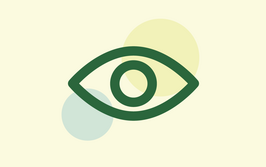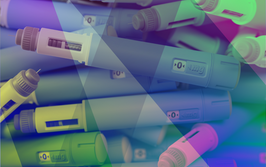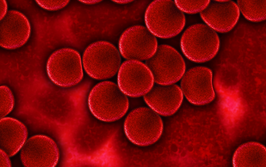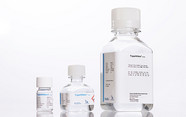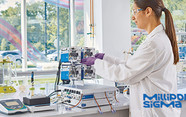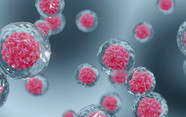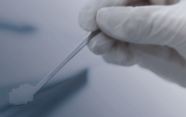Advancing AAV Manufacturing Quality
Overcoming the limitations of the triple plasmid transient transfection method for AAV manufacturing.
Efrain Guzman | | 3 min read | Opinion

Gene therapy is defined as the use of genetic material to treat or prevent diseases. The genetic material, DNA or RNA, contains instructions on how the functions of the cells should be modified. As this genetic material needs to be delivered inside the cells, viruses are often used as the vehicle for this purpose. The most commonly used is the adeno-associated virus (AAV).
Discovered in 1965, AAV was first used for gene therapy applications in the 1980s. In the 1990s, advances in recombinant DNA technology resulted in the establishment of the method that is still used today for the manufacture of AAV products: the so-called “triple plasmid transfection system.” Although some small modifications have been made, the reality is that the system for producing AAV has not changed for almost 30 years. In my view, this represents an arrested development in the field.
The triple plasmid transient transfection method has been found to be difficult to adapt to large production volumes, impacting the homogeneity of the production batches, as well as the cost of goods to produce gene therapy medicines. Furthermore, in AAV production using the triple plasmid transfection system, large amounts of plasmid DNA are introduced into the virus-producing cells, normally the HEK293 cell line. The plasmids contain the genetic information to produce the virus, and the information needed to treat the disease, as well as any DNA not relevant for AAV production such as bacterial genes. Thus, pieces of plasmid DNA, as well as DNA from the HEK-293 cell genome, can be incorporated into AAV particles during the manufacturing process, possibly impacting the quality of the gene therapy drug product.
Thus, the challenge is to manufacture AAV gene therapy products of the highest possible quality by monitoring, adapting, improving, and controlling manufacturing processes so we can reduce the number of failed production batches because of the low quality of the products.
By focusing on DNA encapsidation, one of the fundamental issues in AAV manufacturing – ensuring that the viral vectors contain the correct full-length therapeutic DNA while minimizing the presence of truncated, partial, or empty capsids – can now be addressed. Advances in DNA sequencing technologies have enabled manufacturers to establish a series of quality-controlled processes to carefully assess how much undesired plasmid or cellular DNA is present in the AAV drug product. This data can be used to adapt, modify, or improve the manufacturing process to obtain the lowest possible amounts of contaminating DNA. Analytics of this kind are fundamental for the production of efficient and safer gene therapy treatments for human use. Going one step further to include analyses of the integrity of the AAV-encapsidated therapeutic transgene is the innovation required to drive the industry forward.
Third-generation sequencing and bioinformatic solutions applied to AAV-based gene therapy products are a powerful tool for characterizing the integrity of AAV genomes, identifying variants, mutations, and contaminants – and thereby confirming AAV purity, which is crucial for the development and quality control of AAV-based gene therapies. These solutions can and will result in the production of AAV gene therapy products of the highest quality possible, with the most chance of therapeutic success for patients.
VP of Innovation and Business Development, NewBiologix

